How to Abandon Ship
Chance favors the prepared. By preparing for emergencies ahead of time, we are better able to handle situations should an emergency present itself. If we plan on being on the water, it only makes sense for us to be prepared for when something goes wrong on the water. Let’s look over some of the ways that we can be prepared when everything around us fails.

File a Float Plan
File a float plan with a friend, relative or an on-water assistance service like Tow Boat U.S. Include the name and type of vessel, point of departure and destination, time of departure and expected arrival, as well as the number of people aboard and their names and ages. You can download a float plan form from USCGboating.org. Here you can also get an 86-page Federal Requirements Brochure, an accident reporting form and general survival tips.
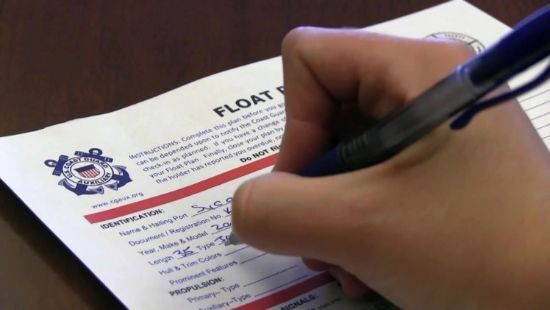
An abandon ship procedure is not easy to practice but you can talk through it with the crew and simulate the actions that would need to be taken. Here are 15 steps to review so everyone knows what to do.
1. Put on PFDs.
2. Note position.
3. Call on VHF channel 16 or on SSB - push DSC on VHF.
4. Activate EPIRB and/or PLB.
5. Coordinate/count crew and assign tasks to keep everyone functional and calm.
6. Collect abandon ship bag and supplies on deck
7. Launch life raft and attach to leeward side of vessel so it doesn’t become entangled.
8. Launch dinghy and attach to life raft.
9. Do not abandon ship prematurely.
10. Try to stay near where the vessel went down.
11. Once in the water, keep crew together (tied if necessary).
12. Assign a buddy system.
13. Collect as much debris around you as possible – angular objects like coolers are easier to spot from a distance – and they float.
14. Fire flares only when there is a chance of being spotted or use a laser pointer.
15. Designate a watch-keeper at all times.
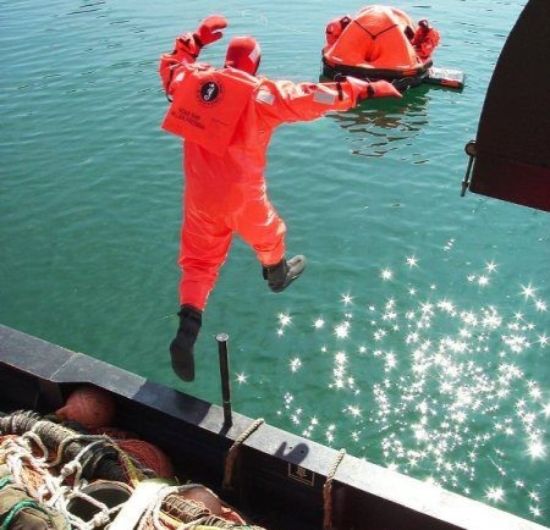
Safety Items Before Cruising
If you’re going the extra mile (both in distance traveled and effort expended), consider these four actions to enhance your safety and give you greater peace of mind.
Get Training in Basic Medical Care. All crew members should have basic medical training. You can opt for one-day classes in CPR and first aid from the American Red Cross or the America Heart Association as well as from a slew of independent providers. However, be mindful of the fact that these classes are geared toward urban environments where emergency medical services (EMS) are expected to arrive within 10 minutes, which is not the case on a vessel at sea.
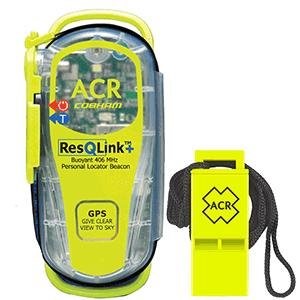
For long-distance voyages, all crew (usually both parties of a couple) should consider taking a wilderness survival course. This training is significantly more expensive and may require a week of time. Ask about classes that focus specifically on survival at sea tactics because you may need to be your own paramedic.
Carry Supplemental Tracking & Communications Equipment. Emergency Position Indicating Radio Beacons (EPIRB) have dropped dramatically in price and should be an essential item in everyone’s ditch bag. Some activate upon hitting water, others need to be manually activated. It is a sound investment and a significant piece of mind to have one of these available. Additionally, a portable VHF radio is so inexpensive that it makes sense to have one even in something simple as a kayak, let alone as an additional item in your ditch bag.
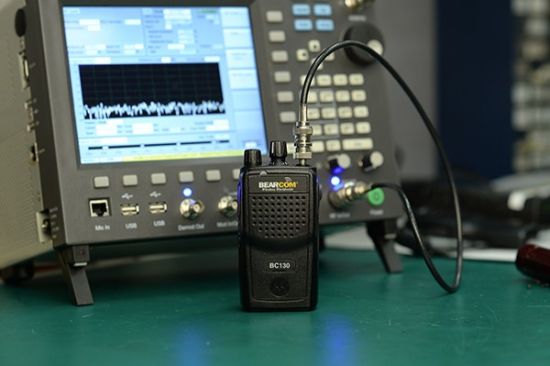
Pack a Comprehensive Ditch Bag
You can Google abandon ship bag contents to get started. However, restraint is key when packing a ditch bag because you must consider where will you store it aboard, the room it will take up in a life raft, its weight, and your crew’s ability to get it on deck, and how often you’ll take the time to keep its contents up-to-date. For short coastal voyages, if it’s time to abandon, plan to jump in the dinghy with at least the VHF and cell phone in a dry bag, PFDs, flares, waterproof flashlight, and your personal and ship’s documents.
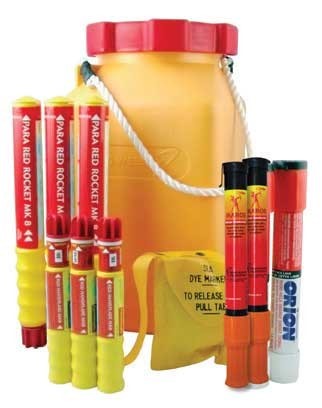
Prepare Paperwork
Speaking of documents, having your paperwork in order and easily accessible is key to a quick or unplanned departure or being boarded by authorities. Keep the following at hand in one dry bag: vessel documentation, insurance, cruising and fishing permits, and any necessary entry documents for foreign countries. In the other dry bag, keep passports, credit cards and crew information including medical needs.